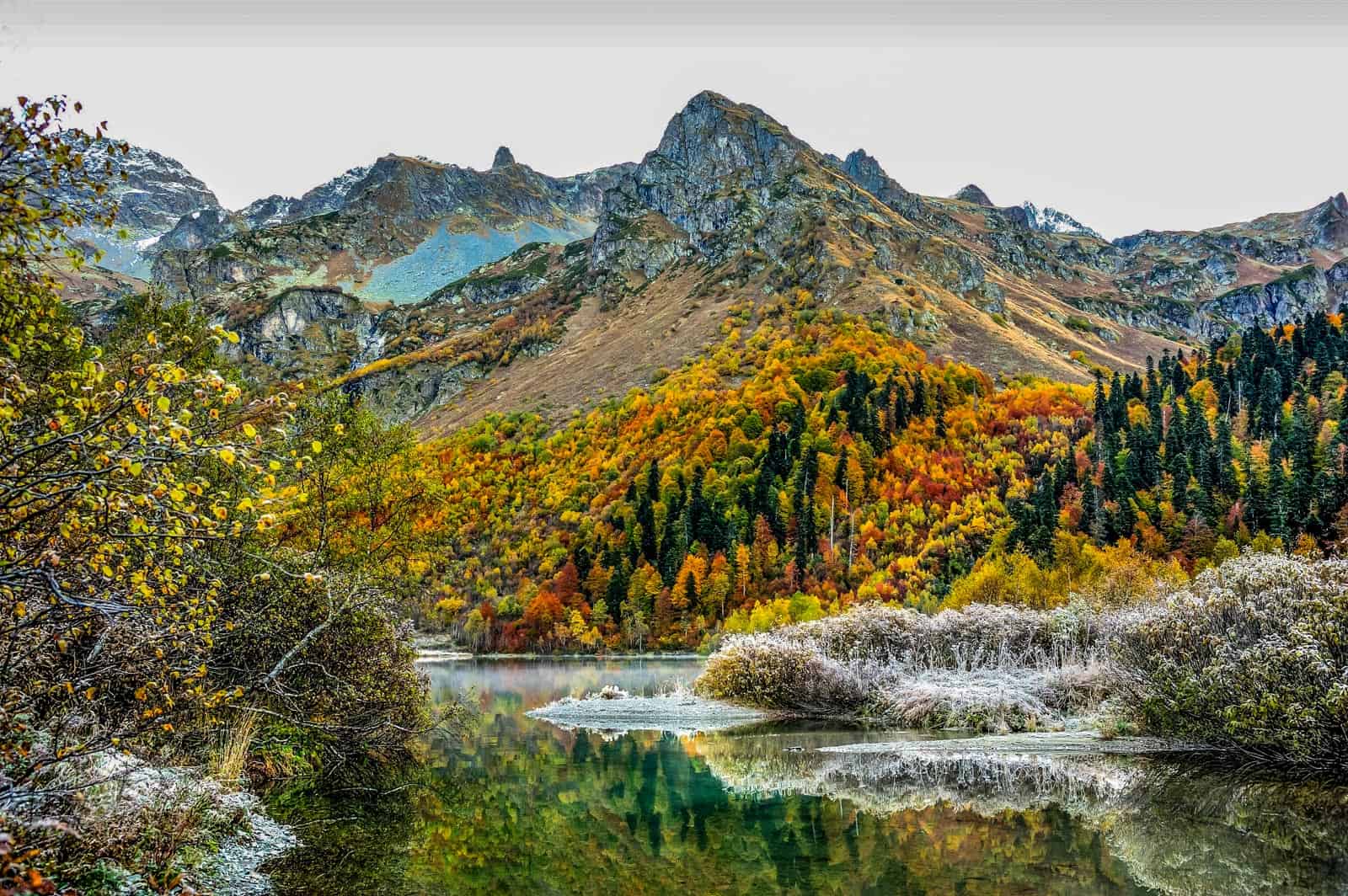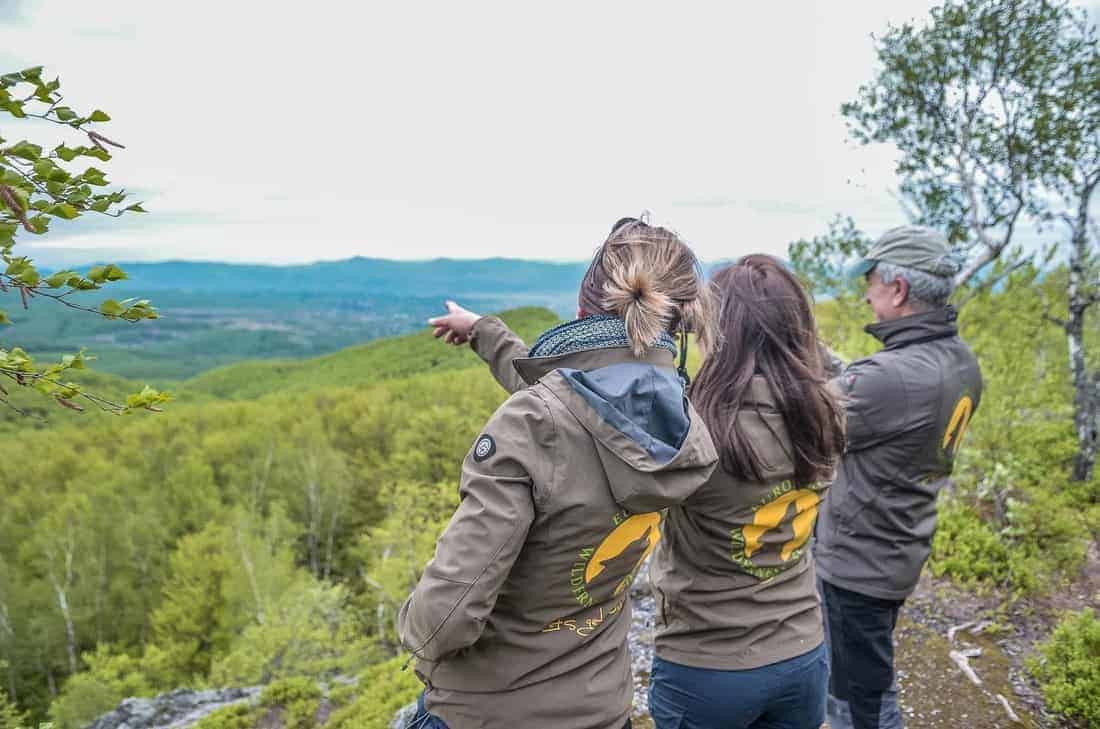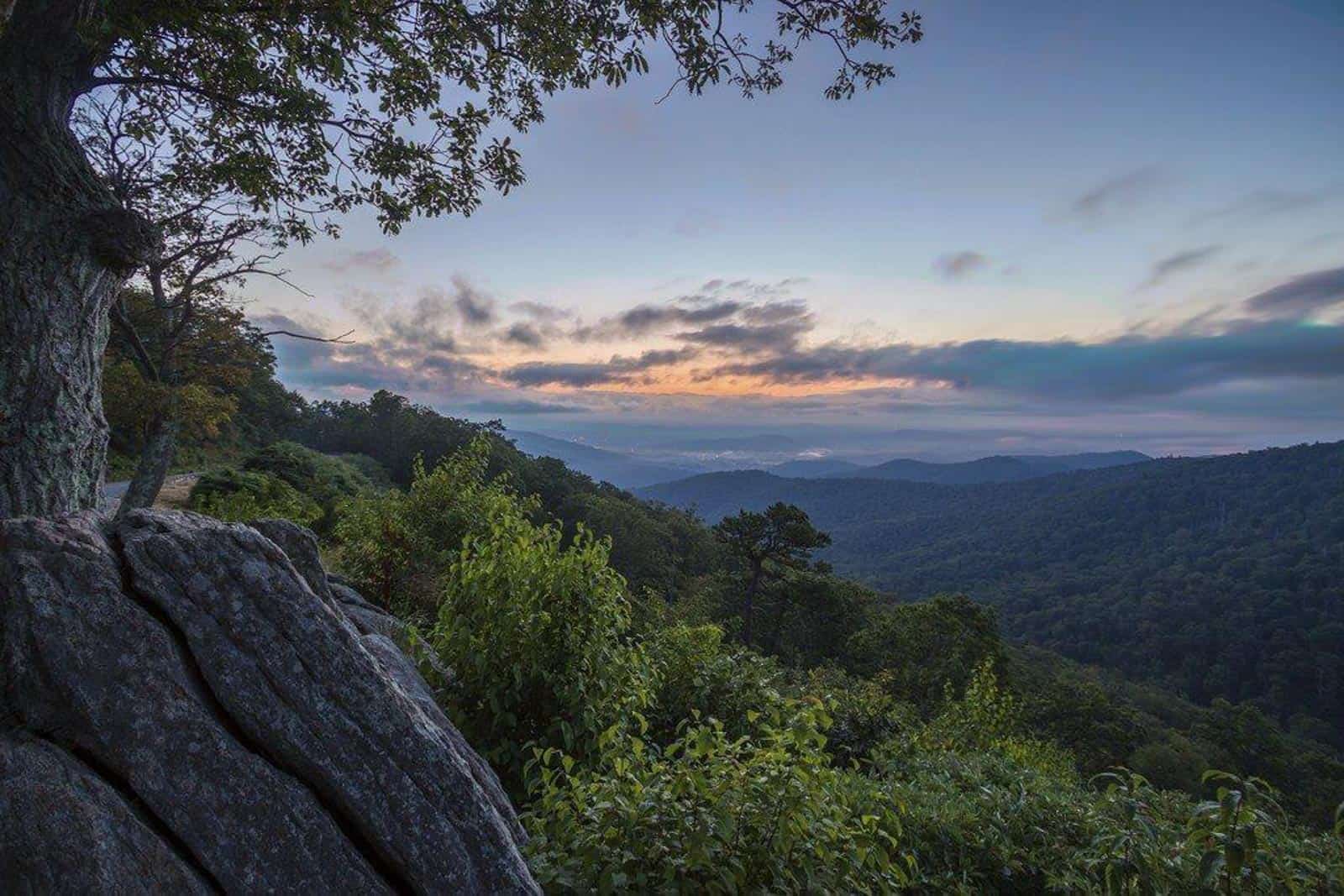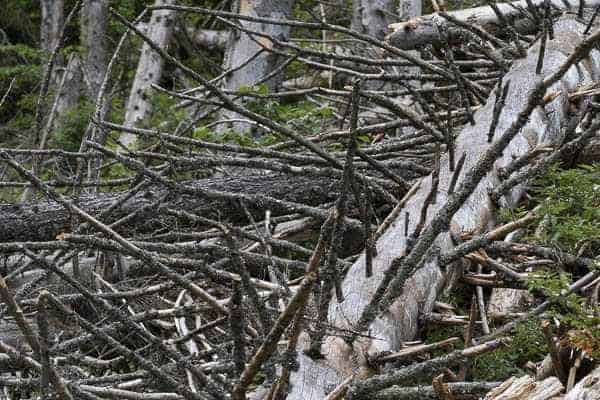Study tour for Ukrainian women-foresters
Recently Ukraine, including its forestry sector are undergoing through different changes, challenges and reforms. Therefore, obtaining new skills and improvement of transnational cooperation, especially with EU countries, by Ukrainian foresters is very important. Especially, for women- foresters, who despite many challenges have a strong will to learn more about EU forestry and exchange their national experience with their colleagues abroad.
Climate change and its connection with renewable energy sources, Austrian protected areas, forest education, livestock protect and nature-based recreation were the topics of the outdoor educational activities, provided by European Wilderness Society as a part of the BioDiv project.
Climate change and Austrian forests
It is becoming clear that climate change is increasingly affecting Austria’s forests. Intensive rains changed by extreme droughts are influencing significantly ecosystems.
Fortunately recently forests in Austria changing and transferring from monoculture to multiculture with broadleaves.
In Austria there is a gradual shift in range for such tree species as spruce, beech and larch. They increase their presence at higher altitudes, while at lower altitudes their place is taken by more thermophilic species. Nature has also become more vulnerable to a long-lasting extreme impact: wildfires and damage caused by neobiota are no longer rear occurrences. Animals must also increasingly adapt to changing conditions.
As a result of the climate change, particularly due to the increase of temperature, the number of generations of pests has increased, they damage tree species faster and more strongly. And a the result of that, trees are dying.Besides, as a result of a more aggressive sun and less moisture, water in soil, trees become weaker, not releasing enough phytoncides to protect themselves from pests.
Max A.E. Rossberg, Chairman of the European Wilderness Society
Even during recent Study trip of Ukrainian women-foresters they had a chance to observe a result of a heavy windfall in Carinthia region of Austria.
Protected areas
Austrian protected areas play an important role in the climate change adaptation and mitigation.
One of such protected areas is the UNESCO Biosphere Reserve Karntner Nockberge. The reserve covers area nearly 500 sq. meters and includes 4 municipalities. Beside nature protection, reserve also dealing with such issues as regional development, social and ecological issues, climate protection and climate change, culture preservation.
Reserve hosts variety of alpine pasture animals: goats, cattle, sheep and horses. 69 species of bird, 13 of which are on the “red list” of species in danger of extinction, are bred in the Biosphere Reserve Nockberge. More than 100 species of mushroom and countless mammals, amphibians, fish and insects inhabit the uniquely beautiful region in the Austrian Alps.
Renewable energy sources
One of the issues connected to the climate change is also energy sources and especially bioenergy sources.
Austria has a target of a 100% renewable electricity supply by 2030. In 2018, renewables covered 29% of its total primary energy supply, the sixth highest among International Energy Agency countries, with the largest shares coming from bioenergy and hydropower.
Biggest Austrian highest hydropower dam is the Kölnbreinsperre situated at 1,902 metres above sea level.
Following the wonderful mountainous road, accompanied by forests and waterfalls, Ukrainian women-foresters got to the Kölnbreinsperre Dam, located in the heart of the Hohe Tauern National Park. Among other, Ukrainian foresters could learn how due to the climate change and human activities glaciers rapidly melted and the volume of water resources had decreased.
Forest education
One of the highlights of the study trip was the forest education. Group visited several visitor centres, indoor and outdoor museums. They also got an introduction about outdoor and indoor educational activities, including European Wilderness Society´s.
The most interesting for visitors was the Grundalm „Silva Magica“ and its museum with exhibition „Wood and forestry“. At the museum was possible to observe and learn more about different tree species Alps, their seeds, age of oldest trees and local woodprocessing products.
It was a very inspiring study tour. I will share obtained experience with my colleagues, consider climate change issues while planting trees. And I would also be very keen to discover further forest museums and exhibition topics.
Iryna Horuzhenko, forest engineer from Poltava region, Ukraine
European Wilderness Society will continue supporting Ukraine and its dedicated citizens in every possible way.

















